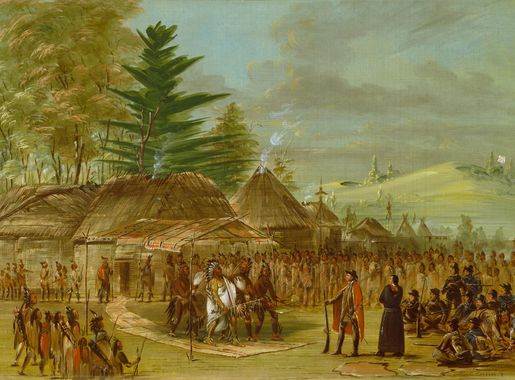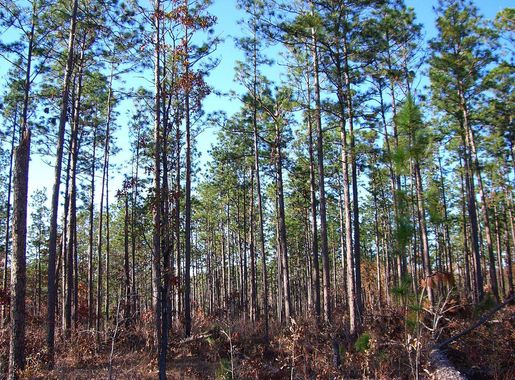
Exploring DeSoto National Forest: A Natural Haven in Mississippi
Discover the natural beauty and rich history of DeSoto National Forest in Mississippi, a haven for hikers, campers, and wildlife enthusiasts.
DeSoto National Forest, located in the heart of Mississippi, is a pristine wilderness that offers a diverse range of outdoor activities for nature enthusiasts. Spanning over 518,000 acres, this forest is a sanctuary for those looking to escape the hustle and bustle of city life. The forest is named after the Spanish explorer Hernando de Soto and is renowned for its longleaf pine ecosystems, clear streams, and diverse wildlife. One of the main attractions in DeSoto National Forest is its extensive network of trails. Whether you're an avid hiker, a mountain biker, or someone who enjoys horseback riding, there's a trail for you. The Black Creek Trail is particularly popular, offering a scenic route along Mississippi's only designated wild and scenic river. For those interested in camping, the forest provides both developed and primitive campgrounds, allowing visitors to choose their level of comfort while immersing themselves in nature. Wildlife enthusiasts will find DeSoto National Forest a paradise. The forest is home to a variety of species, including the endangered gopher tortoise and the red-cockaded woodpecker. Birdwatchers will be delighted by the opportunity to spot numerous bird species in their natural habitats. Additionally, the forest's streams and creeks are perfect for fishing and canoeing, providing a peaceful setting to enjoy these activities. DeSoto National Forest is not just about natural beauty; it also offers a glimpse into the cultural history of the region. Visitors can explore archaeological sites and learn about the Native American tribes that once inhabited the area. The forest also hosts several annual events, such as guided nature walks and educational programs, making it a great destination for families and educational groups.
Local tips in DeSoto National Forest
- Visit in the spring or fall for the best weather and to avoid the summer heat and humidity.
- Bring insect repellent, especially if you plan to hike or camp, as mosquitoes can be prevalent.
- Check trail conditions and water levels before heading out, particularly if you plan to hike the Black Creek Trail.
- Make sure to pack plenty of water and snacks, as amenities within the forest are limited.
- Respect wildlife and maintain a safe distance; do not disturb the animals or their habitats.
Exploring DeSoto National Forest: A Natural Haven in Mississippi
DeSoto National Forest, located in the heart of Mississippi, is a pristine wilderness that offers a diverse range of outdoor activities for nature enthusiasts. Spanning over 518,000 acres, this forest is a sanctuary for those looking to escape the hustle and bustle of city life. The forest is named after the Spanish explorer Hernando de Soto and is renowned for its longleaf pine ecosystems, clear streams, and diverse wildlife. One of the main attractions in DeSoto National Forest is its extensive network of trails. Whether you're an avid hiker, a mountain biker, or someone who enjoys horseback riding, there's a trail for you. The Black Creek Trail is particularly popular, offering a scenic route along Mississippi's only designated wild and scenic river. For those interested in camping, the forest provides both developed and primitive campgrounds, allowing visitors to choose their level of comfort while immersing themselves in nature. Wildlife enthusiasts will find DeSoto National Forest a paradise. The forest is home to a variety of species, including the endangered gopher tortoise and the red-cockaded woodpecker. Birdwatchers will be delighted by the opportunity to spot numerous bird species in their natural habitats. Additionally, the forest's streams and creeks are perfect for fishing and canoeing, providing a peaceful setting to enjoy these activities. DeSoto National Forest is not just about natural beauty; it also offers a glimpse into the cultural history of the region. Visitors can explore archaeological sites and learn about the Native American tribes that once inhabited the area. The forest also hosts several annual events, such as guided nature walks and educational programs, making it a great destination for families and educational groups.
When is the best time to go to DeSoto National Forest?
Unmissable attractions to see
Paul B Johnson State Park
Explore the natural beauty of Paul B Johnson State Park in Hattiesburg, Mississippi, offering a blend of outdoor adventures and tranquil landscapes.
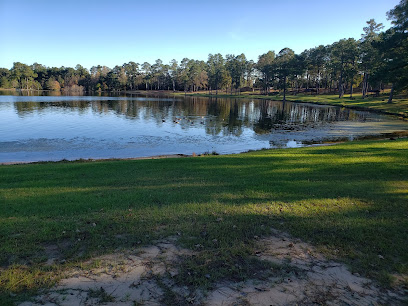
Bienville National Forest
Discover the natural beauty and diverse wildlife of Bienville National Forest in Mississippi, a perfect destination for outdoor adventures and tranquility.
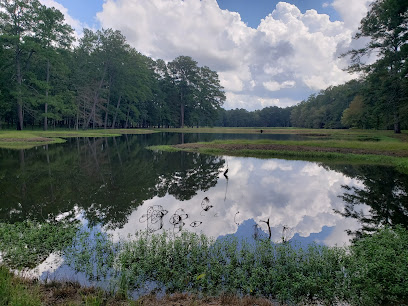
Holly Springs National Forest
Experience the natural beauty and diverse recreation opportunities at Holly Springs National Forest, a hidden gem in Mississippi's wilderness.
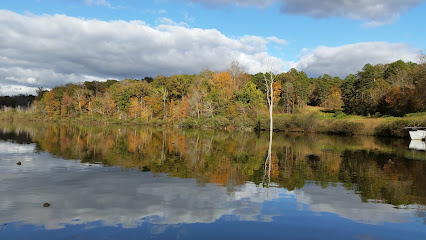
Buccaneer State Park
Experience the coastal beauty and outdoor adventures at Buccaneer State Park, a perfect getaway in Mississippi's Gulf Coast.

Percy E Quin State Park
Explore the tranquil landscapes and diverse recreational activities at Percy E Quin State Park, a hidden gem in Mississippi's natural beauty.
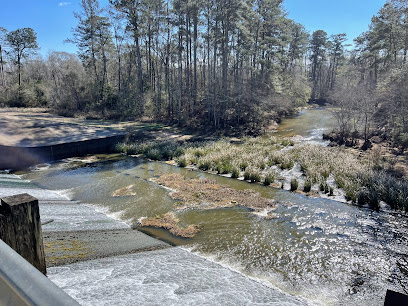
Mississippi Petrified Forest
Discover the ancient beauty of the Mississippi Petrified Forest, where fossilized trees and rich history await every visitor.
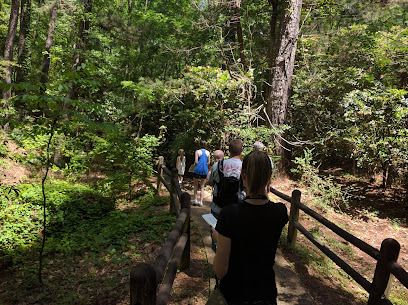
Homochitto National Forest
Discover the breathtaking landscapes and rich biodiversity of Homochitto National Forest, a paradise for outdoor enthusiasts in Mississippi.
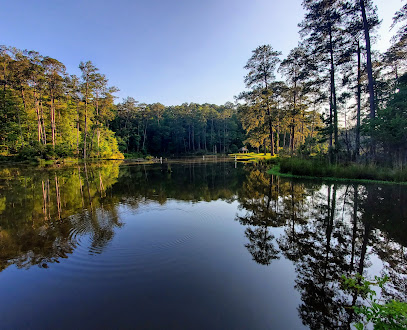
Clarkco State Park
Experience the serene landscapes and recreational adventures at Clarkco State Park in Quitman, Mississippi, a perfect getaway for nature lovers and families.
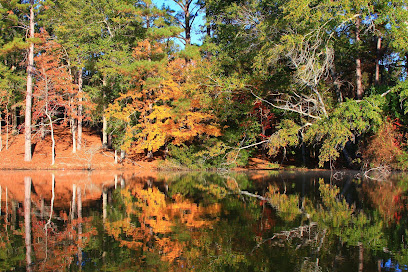
Shepard State Park
Discover the beauty of Shepard State Park, where nature, adventure, and tranquility await in stunning Mississippi landscapes.
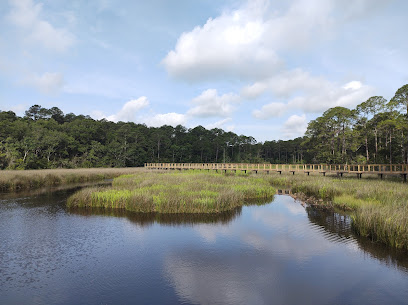
Clark Creek Natural Area
Discover the stunning waterfalls and serene trails of Clark Creek Natural Area, a hidden gem in Mississippi's natural landscape.
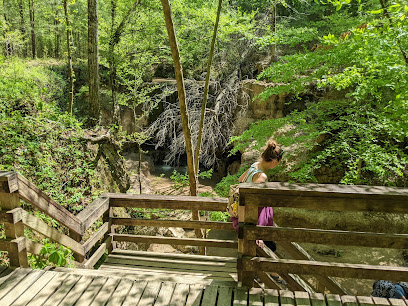
Lake Lowndes State Park
Experience the natural beauty of Lake Lowndes State Park in Mississippi, a perfect destination for outdoor enthusiasts and families seeking adventure and relaxation.
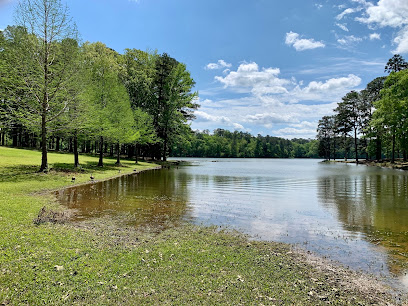
Roosevelt State Park
Discover Roosevelt State Park in Mississippi: a stunning state park offering outdoor adventure, beautiful landscapes, and abundant wildlife for all nature lovers.
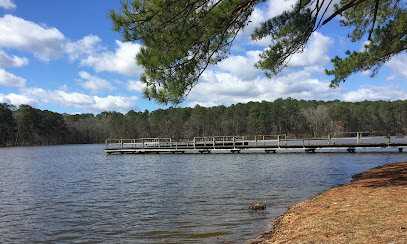
Tuxachanie Hiking Trail (West End Trailhead)
Discover the tranquility of nature at Tuxachanie Hiking Trail, a beautiful hiking destination in Mississippi perfect for adventurers and nature lovers.
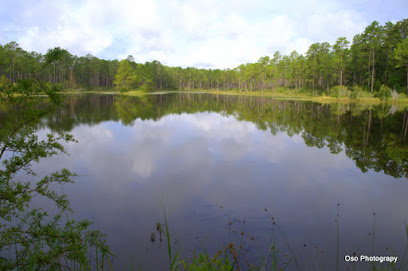
Birthplace of Kermit The Frog Museum
Discover the enchanting Birthplace of Kermit The Frog Museum in Leland, MS, where puppetry magic and Jim Henson's legacy come to life.
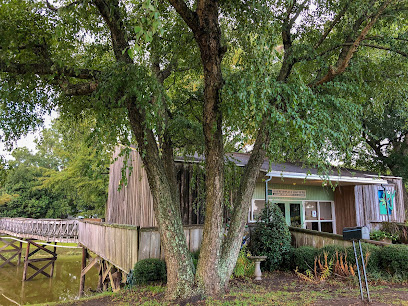
Delta National Forest
Explore the natural beauty and tranquility of Delta National Forest in Mississippi, a perfect destination for outdoor adventures and wildlife experiences.
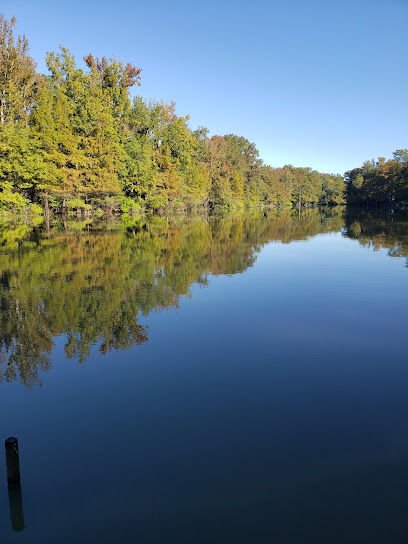
Essential places to dine
Olive Garden Italian Restaurant
Discover authentic Italian cuisine at Olive Garden in Southaven - perfect for families with diverse tastes and dietary preferences.
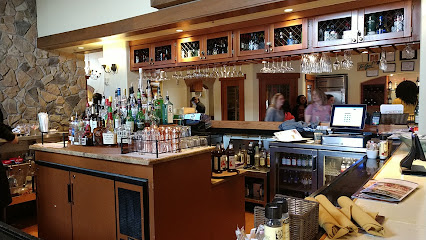
Penn's
Discover authentic American cuisine at Penn's Restaurant in Forest, Mississippi - where hearty meals meet warm hospitality.
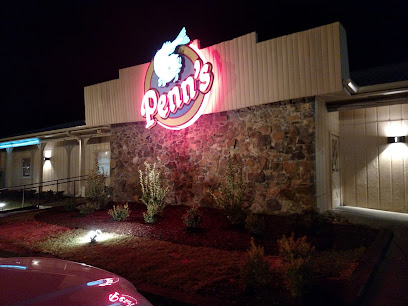
Doe's Eat Place
Savor exceptional steaks at Doe's Eat Place – where Southern hospitality meets culinary excellence in Greenville.

Markets, malls and hidden boutiques
Tanger Outlets Southaven
Explore a shopper's paradise at Tanger Outlets Southaven, where brand-name bargains and a vibrant atmosphere come together for an unforgettable retail experience.
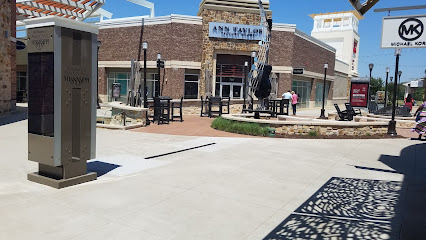
Edgewater Mall
Experience unparalleled shopping, dining, and entertainment at Edgewater Mall in Biloxi, Mississippi - a retail paradise for every visitor.

Gulfport Premium Outlets
Discover unbeatable deals and a diverse array of brand-name stores at Gulfport Premium Outlets, the ultimate shopping destination in Mississippi.
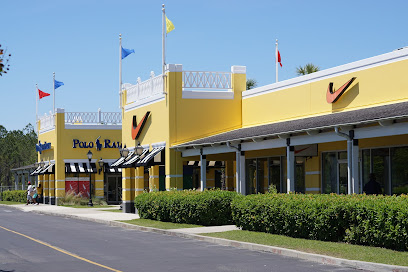
Sharkheads
Discover the best souvenirs and unique gifts at Sharkheads, Biloxi's top destination for personalized treasures and delicious chocolates.

De Soto National Forest
Explore De Soto National Forest: A stunning natural retreat in Mississippi filled with adventure, wildlife, and breathtaking landscapes.
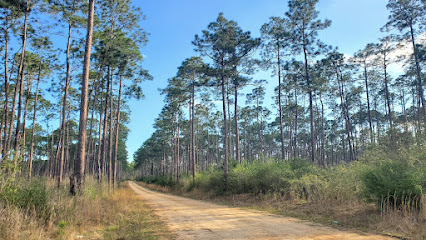
Turtle Creek Mall
Discover a shopping paradise at Turtle Creek Mall, featuring diverse stores, delightful dining, and a vibrant atmosphere in Hattiesburg, Mississippi.
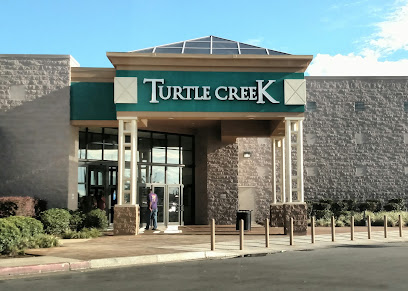
Books-A-Million
Explore a literary paradise at Books-A-Million in Hattiesburg, MS, where literature meets collectibles and unique gifts.

The Lucky Rabbit
Explore The Lucky Rabbit: Hattiesburg's Premier Flea Market for Antiques, Vintage Clothing, and Unique Finds.
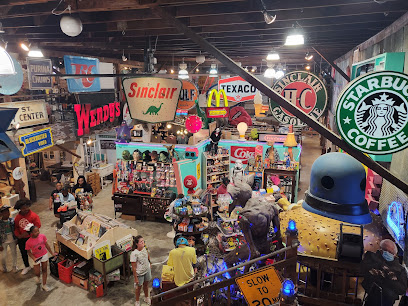
Five Below
Discover affordable treasures at Five Below in D'Iberville, MS - where everything is $5 or less, making shopping fun for everyone!

The Pecan House
Discover a world of delectable treats at The Pecan House, McHenry's charming candy store filled with local delights and sweet surprises.
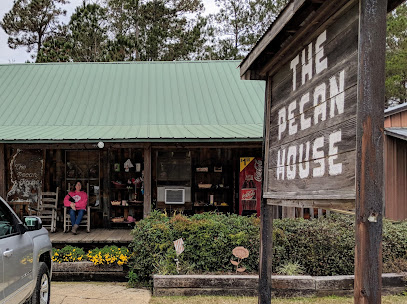
Boot Country
Explore Boot Country in Hattiesburg, Mississippi – your one-stop shop for authentic western boots and stylish men's clothing.

Robin's Nest In The Pass
Explore unique gifts and local art at Robin's Nest In The Pass, a charming shop in Pass Christian, Mississippi, celebrating local creativity.

The Red Jasper
Explore a mystical haven at The Red Jasper, a premier metaphysical supply store in Hattiesburg, Mississippi, offering crystals, herbs, and spiritual guidance.
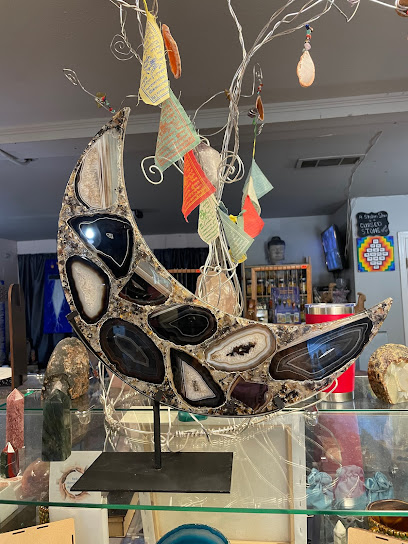
Crossroads Vendor Market
Explore Crossroads Vendor Market in Olive Branch, MS for unique gifts, antiques, and local artisan crafts in a vibrant shopping atmosphere.

Izzy B. Tween Boutique
Explore Izzy B. Tween Boutique for trendy children's clothing and accessories in Hattiesburg, MS, perfect for young fashion enthusiasts.

Essential bars & hidden hideouts
The Juke Joint
Discover the lively atmosphere of The Juke Joint in Ocean Springs, where delicious grill cuisine meets unforgettable live music performances.
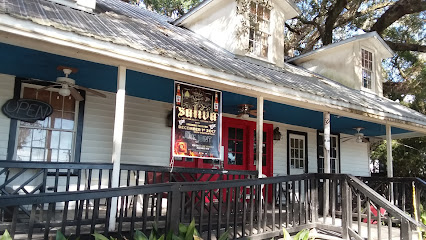
Mississippi Ale House
Discover the heart of Olive Branch at Mississippi Ale House, where local flavors and a vibrant ambiance await every visitor.
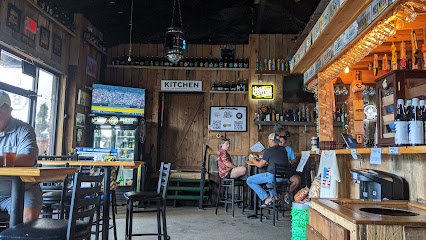
Zaxby's Chicken Fingers & Buffalo Wings
Experience the best of Southern comfort food at Zaxby's Chicken Fingers & Buffalo Wings in Petal, MS, with delicious chicken and a friendly atmosphere.
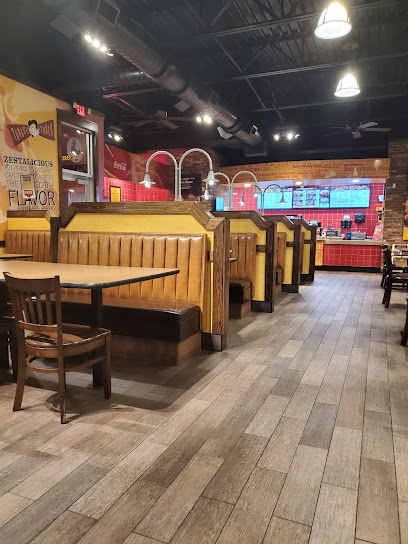
mississippi moonshine tavern
Discover the vibrant atmosphere and refreshing drinks at Mississippi Moonshine Tavern, a local gem in Long Beach, Mississippi.
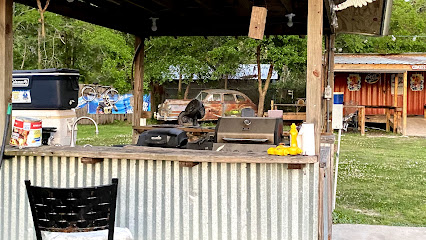
Toots County Line Sports Pub
Experience the vibrant atmosphere and delicious comfort food at Toots County Line Sports Pub in Wiggins, MS – your local haven for fun and relaxation.

Janice Landing/ US Forest Service
Experience the tranquility of Janice Landing in Mississippi: a prime campground and hiking destination surrounded by nature's beauty.
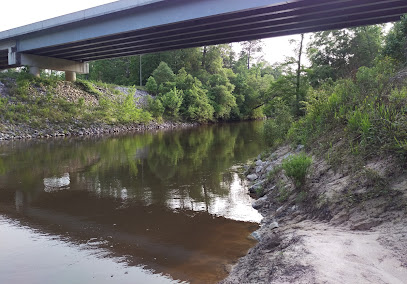
Circle K
Discover convenience and local charm at Circle K, your essential stop for fuel, snacks, and 24/7 service in New Augusta, Mississippi.

Dominickers Bar and Grill
Discover the vibrant atmosphere and delicious menu at Dominickers Bar and Grill, a must-visit spot in Wiggins, Mississippi for an unforgettable night out.
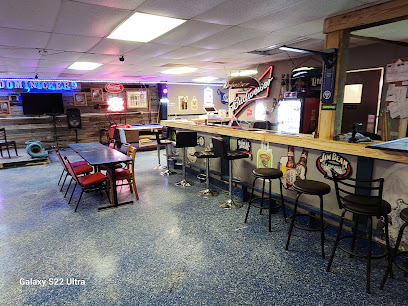
Roosters On Tha Hill
Discover Roosters On Tha Hill in Beaumont, Mississippi - a vibrant bar offering delicious drinks and a lively atmosphere perfect for unwinding after a day of exploration.

Local Phrases about DeSoto National Forest
-
- HelloHowdy
[hah-dee] - GoodbyeSee ya later
[see yuh lay-tur] - YesYep
[yep] - NoNah
[nah] - Please/You're welcomePlease/No problem
[pleez/no prob-lem] - Thank youThanks
[thanks] - Excuse me/SorryPardon me/My bad
[par-dun me/my bad] - How are you?How y'all doin'?
[how y'all doin'] - Fine. And you?Fine. How 'bout you?
[fine. how 'bout yuh?] - Do you speak English?Y'all speak English?
[y'all speak ing-glish?] - I don't understandI ain't catchin' on
[I ain't catch-in' on]
- HelloHowdy
-
- I'd like to see the menu, pleaseI wanna check out the menu, please
[I wanna check out the menu, please] - I don't eat meatI don't eat no meat
[I don't eat no meat] - Cheers!Cheers!
[Cheers!] - I would like to pay, pleaseI wanna settle up, please
[I wanna settle up, please]
- I'd like to see the menu, pleaseI wanna check out the menu, please
-
- Help!Help!
[Help!] - Go away!Git!
[Git!] - Call the Police!Call the Sheriff!
[Call the Sheriff!] - Call a doctor!Call a doc!
[Call a doc!] - I'm lostI'm turned around
[I'm turned around] - I'm illI'm feelin' poorly
[I'm feelin' poorly]
- Help!Help!
-
- I'd like to buy...I'm fixin' to purchase...
[I'm fixin' to purchase...] - I'm just lookingJust browsin'
[Just browsin'] - How much is it?How much y'all want for it?
[How much y'all want for it?] - That's too expensiveThat's mighty pricey
[That's mighty pricey] - Can you lower the price?Can y'all do better on the price?
[Can y'all do better on the price?]
- I'd like to buy...I'm fixin' to purchase...
-
- What time is it?What time we got?
[What time we got?] - It's one o'clockIt's one
[It's one] - Half past (10)Ten-thirty
[Ten-thur-tee] - MorningMornin'
[Mornin'] - AfternoonAfternoon
[Afternoon] - EveningEvenin'
[Evenin'] - YesterdayYestidy
[Yestidy] - TodayToday
[Today] - TomorrowTomorra
[Tomorra] - 1One
[One] - 2Two
[Two] - 3Three
[Three] - 4Four
[Four] - 5Five
[Five] - 6Six
[Six] - 7Seven
[Seven] - 8Eight
[Eight] - 9Nine
[Nine] - 10Ten
[Ten]
- What time is it?What time we got?
-
- Where's a/the...?Where's the...
[Where's the...] - What's the address?What's the address?
[What's the address?] - Can you show me (on the map)?Can you show me (on the map)?
[Can you show me (on the map)?] - When's the next (bus)?When's the next (bus)?
[When's the next (bus)?] - A ticket (to ....)A ticket (to ....)
[A ticket (to ....)]
- Where's a/the...?Where's the...
History of DeSoto National Forest
-
Long before European settlers arrived, the lands of DeSoto National Forest were inhabited by Native American tribes such as the Choctaw and Chickasaw. These tribes utilized the rich resources of the forest for hunting, gathering, and shelter. Their cultural heritage is deeply embedded in the landscape, with various archaeological sites providing insights into their way of life.
-
In 1540, the Spanish explorer Hernando de Soto led an expedition through the southeastern United States, including the area now known as DeSoto National Forest. This journey marked one of the earliest European incursions into the interior of North America. The forest is named in his honor, commemorating his exploration and the significant impact it had on the region's history.
-
During the American Civil War, the DeSoto National Forest region played a role in the conflict. While no major battles occurred within the forest itself, the area was strategically important due to its natural resources and location. Confederate and Union forces both sought to control key points in and around the forest, leading to skirmishes and military maneuvers that left their mark on the landscape.
-
In the late 19th and early 20th centuries, the DeSoto National Forest became a center for the lumber and logging industry. The vast expanses of longleaf pine and other timber resources attracted companies that built logging camps and railroads to transport the wood. This era transformed the forest and surrounding communities, shaping the economic and social fabric of the region.
-
DeSoto National Forest was officially established in 1936, following efforts to conserve and manage the region's natural resources. The creation of the forest was part of a broader movement to protect America's wilderness areas and promote sustainable land use. Today, it spans over 500,000 acres, offering a haven for wildlife, recreation, and the preservation of its rich history.
-
During the Great Depression, the Civilian Conservation Corps (CCC) played a crucial role in the development of DeSoto National Forest. The CCC was a New Deal program that provided jobs and vocational training for young men. They built many of the forest’s infrastructure, including roads, trails, and recreational facilities, leaving a lasting legacy that visitors still enjoy today.
-
DeSoto National Forest is home to an array of diverse ecosystems, including hardwood forests, wetlands, and longleaf pine savannas. This biodiversity supports a wide variety of wildlife, such as the endangered gopher tortoise and the red-cockaded woodpecker. The forest's management practices aim to protect these habitats while allowing for sustainable use and recreation.
-
Today, DeSoto National Forest is not only a historical landmark but also a vibrant recreational area. It offers numerous opportunities for hiking, camping, fishing, and wildlife observation. The forest's cultural significance is celebrated through various events and programs that educate visitors about its rich history and natural beauty.
DeSoto National Forest Essentials
-
DeSoto National Forest is located in southeastern Mississippi. The nearest major airport is Gulfport-Biloxi International Airport (GPT), approximately 45 miles south. From the airport, you can rent a car or take a taxi to the forest. Another option is Hattiesburg-Laurel Regional Airport (PIB), which is about 30 miles away. If driving, DeSoto National Forest is accessible via several major highways, including US Highway 49 and US Highway 98.
-
The most convenient way to explore DeSoto National Forest is by car. Car rentals are available at nearby airports and in surrounding cities. Public transportation options are limited, so having your own vehicle provides the flexibility to visit different parts of the forest at your own pace. There are also several biking and hiking trails for those who prefer to explore on foot or by bike.
-
The official currency is the United States Dollar (USD). Credit and debit cards are widely accepted in the surrounding towns, but it's advisable to carry some cash for use within the forest, as some remote areas may not have card payment facilities. ATMs are available in nearby towns like Hattiesburg and Gulfport.
-
DeSoto National Forest is generally safe for visitors. However, standard precautions should be taken, such as not leaving valuables in your car and being aware of your surroundings. Avoid remote areas at night. There are no specific high-crime areas targeting tourists, but it's always best to stay vigilant and travel in groups if possible.
-
In case of emergency, dial 911 for immediate assistance. The nearest medical facilities are in Hattiesburg and Gulfport. It's advisable to have travel insurance that covers medical emergencies. For minor health issues, there are pharmacies in the nearby towns where you can purchase over-the-counter medications.
-
Fashion: Do wear comfortable, weather-appropriate clothing and sturdy hiking boots. Avoid wearing flip-flops or sandals on trails. Religion: Do be respectful of any religious or cultural sites you may encounter. Public Transport: Public transport is limited, so plan accordingly. Greetings: Do greet people with a friendly hello or a nod. Eating & Drinking: Do bring your own food and water, as amenities within the forest are limited. Don't leave trash behind; always follow Leave No Trace principles.
-
To experience DeSoto National Forest like a local, visit during the spring or fall when the weather is most pleasant and the foliage is beautiful. Engage with park rangers and local guides, who can provide valuable insights and hidden gems. Don't miss the Black Creek Trail, one of the most scenic spots in the forest, and take the time to explore the less-traveled paths for a more intimate experience with nature.
Nearby Cities to DeSoto National Forest
-
Things To Do in Biloxi
-
Things To Do in Petaluma
-
Things To Do in Gulfport
-
Things To Do in Mobile
-
Things To Do in Daphne
-
Things To Do in Slidell
-
Things To Do in Fairhope
-
Things To Do in McComb
-
Things To Do in Foley
-
Things To Do in Meridian
-
Things To Do in Gulf Shores
-
Things To Do in Orange Beach
-
Things To Do in New Orleans
-
Things To Do in Pensacola
-
Things To Do in Baton Rouge


